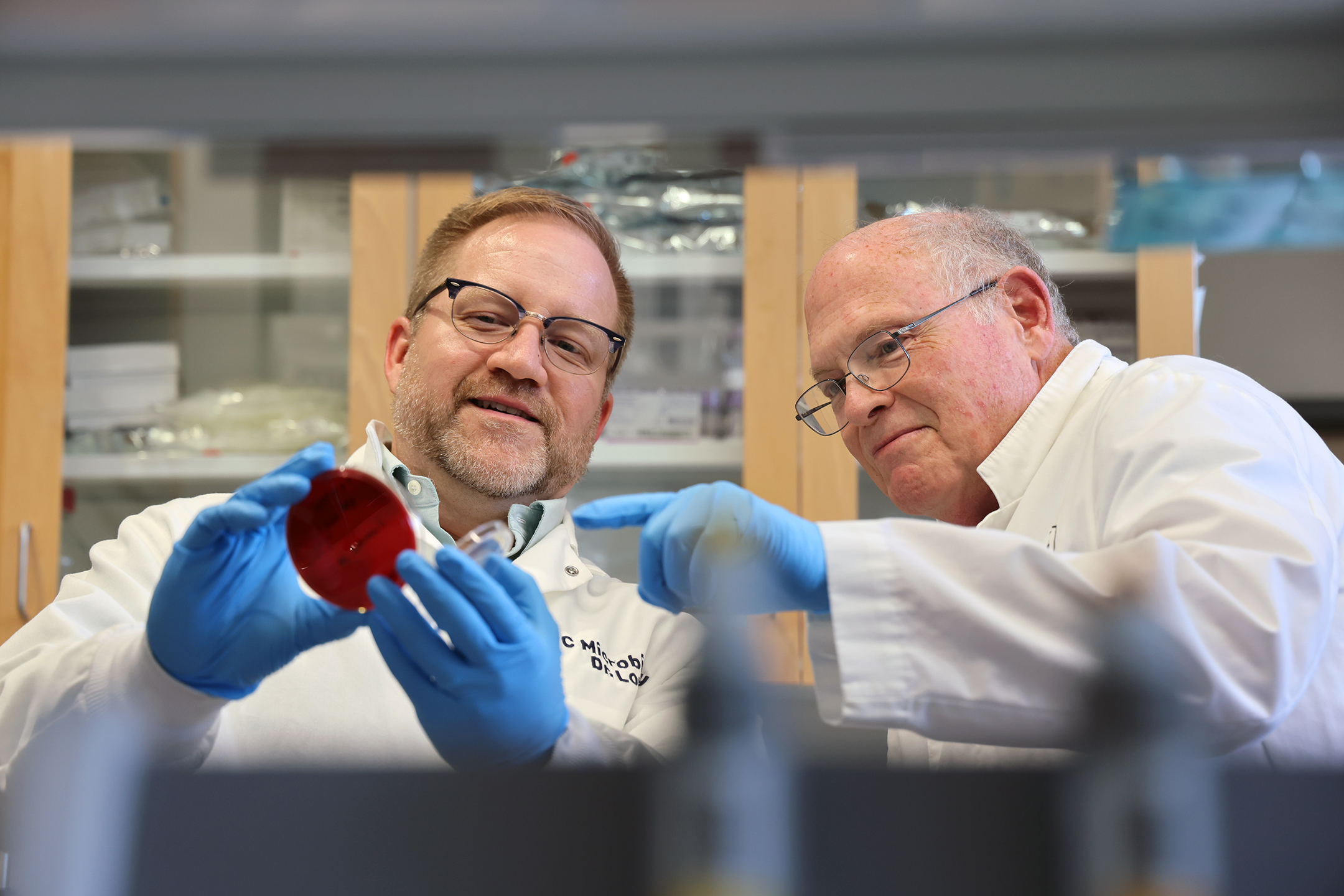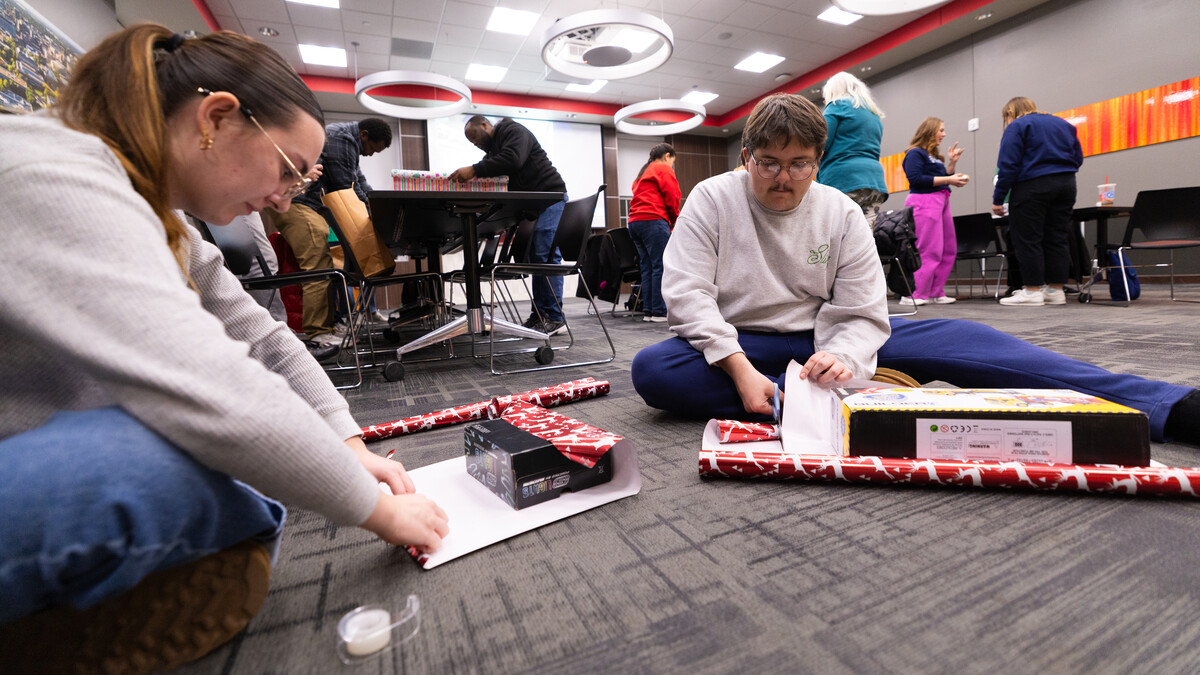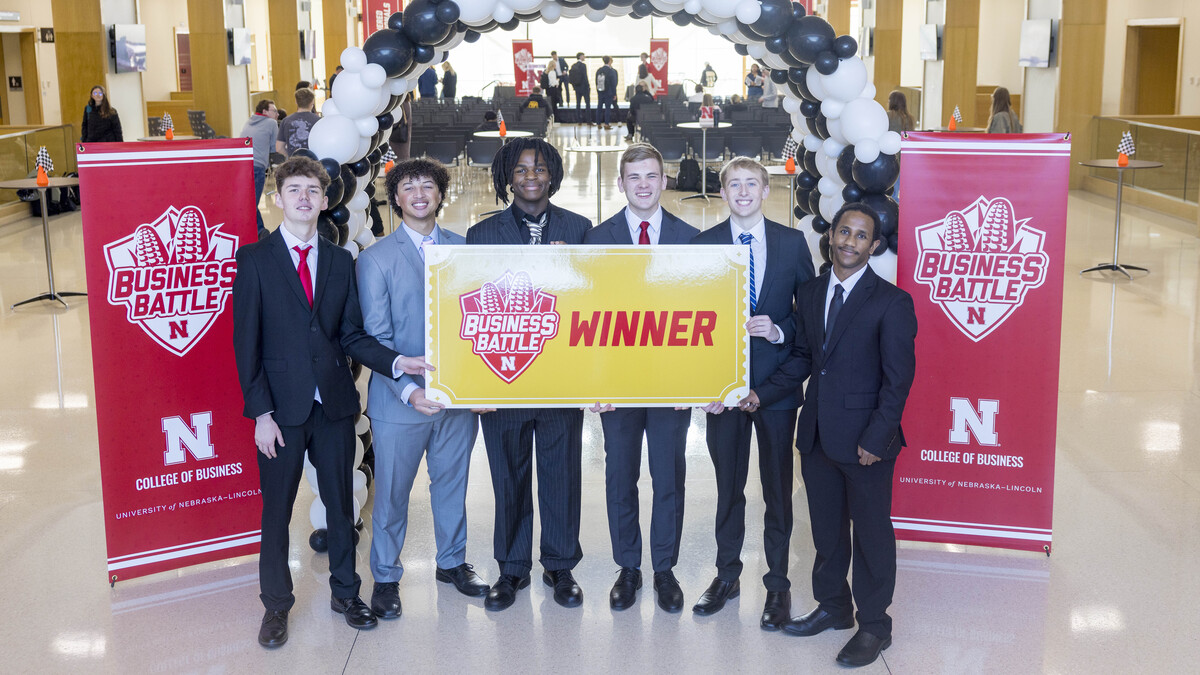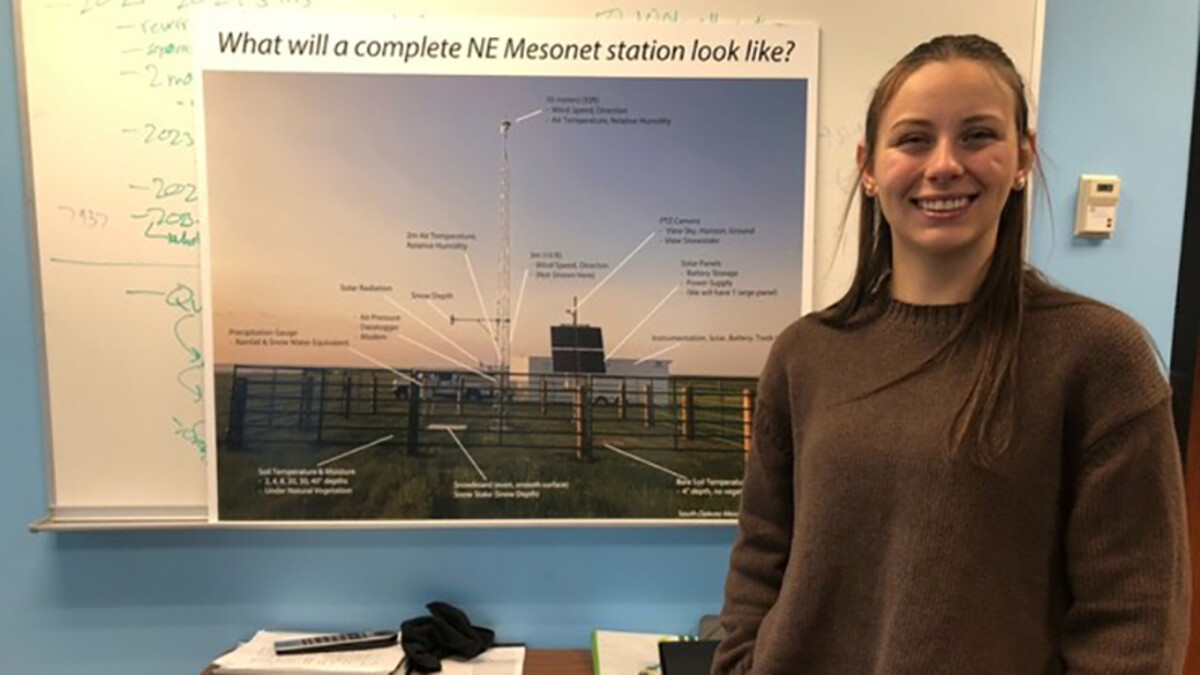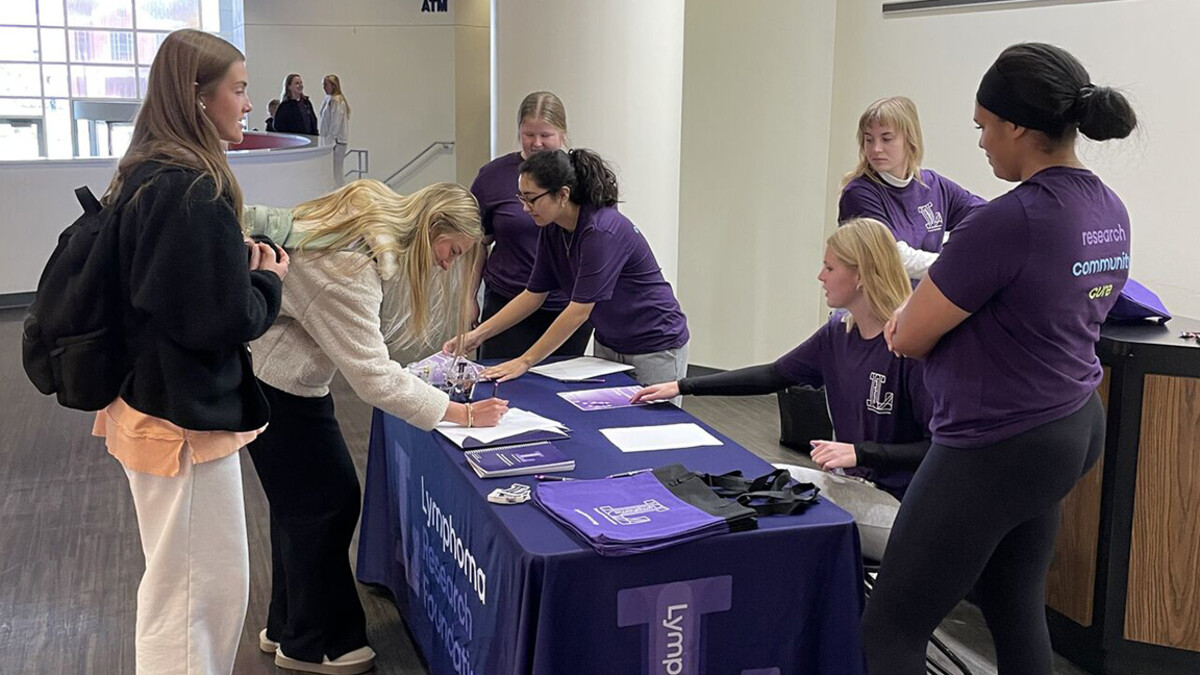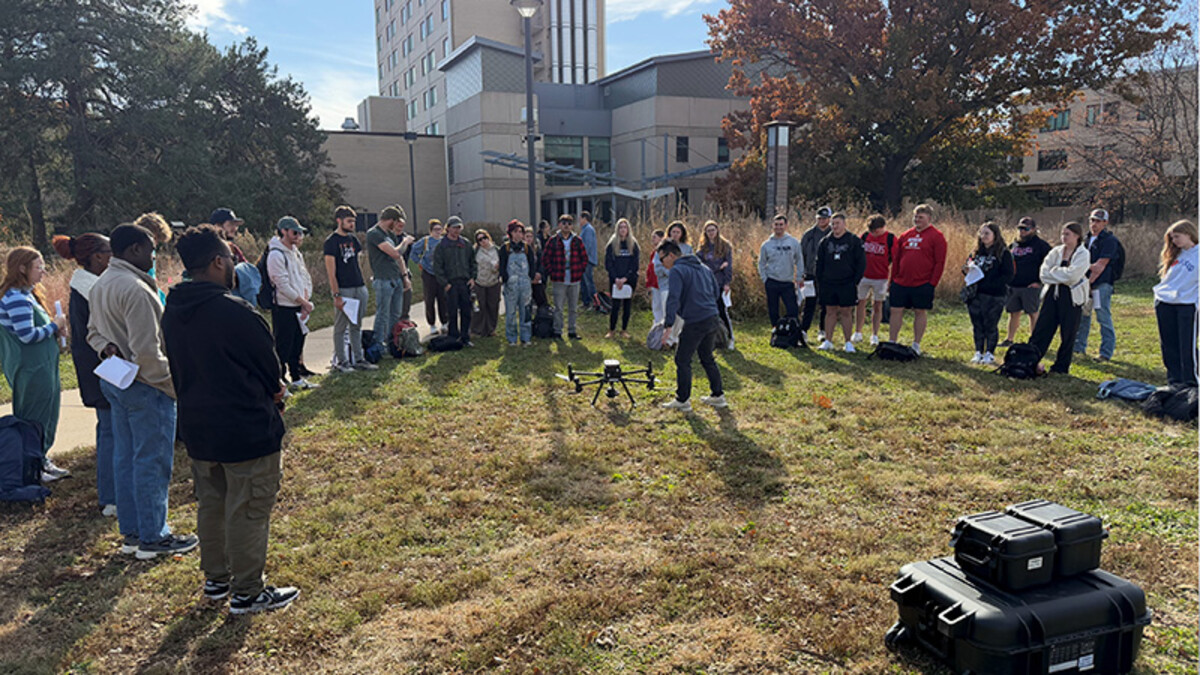
The Nebraska Veterinary Diagnostic Center has received the Governor’s Excellence in Ag Partnership Award for its scientific excellence and support of Nebraska agricultural stakeholders. Gov. Jim Pillen presented the award at the 2025 Governor’s Summit in Kearney on Aug. 13.
“Family farm security equals food security, which equals national security. Having the ability to detect, research and address animal disease is paramount,” Pillen said. “The Veterinary Diagnostic Center at UNL is critical to that work, and it’s a privilege to highlight the role it plays in keeping our food supply safe.”
Part of the University of Nebraska–Lincoln’s School of Veterinary Medicine and Biomedical Sciences, the diagnostic center provides “a scientific and technical anchor” for the university’s veterinary education and disease diagnostics, as well as research support.
The center also supports all Nebraska citizens by enhancing the supply of available safe and secure food, and by improving the health of people and animals, said Scott McVey, professor and director of the School of Veterinary Medicine and Biomedical Sciences.
At 65,000 square feet, the laboratory annually analyzes 300,000 samples to monitor for common animal diseases, as well as high-consequence threats such as avian influenza. The lab’s work also supports high-level veterinary and disease research.
“The laboratory provides daily support for practicing veterinarians and the many clients it serves,” McVey said.
Through diagnostic testing and case summaries, the center provides prompt and expert reports for Nebraska veterinarians and helps them connect with resources for disease response and future prevention.
Through the work of faculty and staff, the diagnostic center is a central resource for the university’s Institute of Agriculture and Natural Resources and “has provided excellent and efficient service for the state and veterinarians,” McVey said.
“It is especially noteworthy that the laboratory is a critical resource for Nebraska in managing emerging diseases of agricultural and public health significance,” he said.
The laboratory’s diagnostic testing has proved vital in detection of animal diseases including avian influenza and rabies.
Providing timely test results within hours to veterinarians and other stakeholders is a priority.
“For a lot of these diseases, every hour is an opportunity for it to spread or for more mortality to occur,” said Dustin Loy, the center’s director and professor of veterinary microbiology.
The center honed that capacity during the COVID crisis of 2020-21, when the facility scaled up to handle the heavy volume of campus community samples to test for SARS-COV-2 and deliver results promptly.
The lab’s continuing partnerships with the Nebraska Department of Agriculture and the U.S. Department of Agriculture’s National Animal Health Laboratory Network enable scientists and technicians to receive the highest levels of training in cutting-edge diagnostic techniques to rapidly deliver results so that outbreaks can be rapidly controlled and markets restored.
“Minimizing that delay is something we work on, so we do a lot of drills,” Loy said. “We want to make sure we’re constantly ready.”
The facility is Nebraska's only veterinary diagnostic lab accredited by the American Association of Veterinary Laboratory Diagnosticians. The USDA leverages many of the lab’s services through the diagnostic center’s partnership as a Level 1 National Animal Health Laboratory Network member.
Scientists working in the lab have expertise in disciplines including bacteriology, histology and immunohistochemistry, pathology, molecular diagnostics, serology and virology.
“We would like to thank Gov. Jim Pillen and the State of Nebraska for this award,” McVey said. “It truly recognizes the outstanding dedicated staff and faculty that deliver excellent diagnostic service and work daily to ensure the health and safety of Nebraska’s food, animals and people.”
